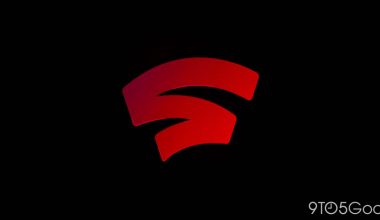recollect Zip and Jaz discs? There are various ways to store your data since the introduction of the IBM PC, and if you’re a geek like us, you care about this kind of thing.

By (Opens in a new window)
In a new window, click here
We have grappled with how to store all of this digital information ever since the invention of computing. International Business Machines played a key role in the 1980s PC revolution, but storage problems with computers had existed for a long time. In actuality, the first hard disk drive running back in 1956 (Opens in a new window) was a 2,000-pound unit owned by the same corporation and its annual operating cost was $35,000.
And it only had 5 megabytes (MB). Just take a look at how efficient that gadget is.
In those early days, punch cards and massive reel-to-reel magnetic tape devices were two more methods of data storage. Thankfully, storage devices were considerably smaller by the time PCs first entered our living rooms and offices, if not quite as little as what we tote now.
Let’s take a look at the requirements for storing data on a PC throughout history. You should have a completely new understanding of the size, speed, and capacity of the most advanced storage techniques available today.
1. 5.25″ floppy disk
We’ll discuss each of these topics below. Hard drives quickly replaced floppy disks as the preferred portable medium for storing data for the long term. By 1994, the 5.25-inch floppy was completely expelled.
2. TAPE CASSETTE Iomega Ditto
Private companies, like Iomega and their Ditto drive (Opens in a new window) drive from the 1990s, produced exclusive tape-based backup drives. Before the decade came to a conclusion, Iomega gave up and sold the tape drive business.
Contrary to the floppy drive, tape has never been obsolete. You can still purchase extremely expensive cartridge drives that employ the Linear Tape-Open (LTO) spec (Opens in a new window) for frequent backups. They are typically found in enterprises (Opens in a new window) , backing up servers with vital data.
3. 3.5″ Flip-Flop Disk
The demands of bloated software, however, were too much for the little diskettes to handle. For instance, Microsoft once distributed a version of Windows 98 that needed to be installed on a hard drive by sequentially inserting 21 distinct floppy disks. The number needed by Microsoft Office was almost twice as much. By changing disks while installing software to a hard drive, you could tone your arms. One of the main producers, Sony, released the stopped making 3.5-inch floppies (Opens in a new window) in 2011.
Hard disk drive (#4)
The first hard disk drive running back in 1956 (Opens in a new window) 2 was the first HDD used in an IBM PC. For several years, the disk drive de facto standard was the interface between it and the motherboard.
About HDDs, entire books have been written (though one book entitled first hard disk drive running back in 1956 (Opens in a new window) 3 was about the hard-driving influence of Microsoft). Everything was affected by the influence of large, local, re-writable storage on a platter. Years later, hard drives still dominated system storage because of their general dependability and constantly advancing speed and capacity.
20 terabyte (TB) internal hard drives are still available today; the first hard disk drive running back in 1956 (Opens in a new window) 4 costs $389. By 2021, just that one business would have supplied 150,000,000 hard drives with a capacity of 20 terabytes, or 3 zettabytes, of storage space.
Five. ZIP DISK
However, time is crucial. Zip Drives were forced to compete with the advent of writable CDs, which could search data much more quickly, and local networks, which made file transfers much simpler. After purchasing Iomega, EMC worked with Lenovo and eventually discontinued the Zip drive line.
JAZ DISK







